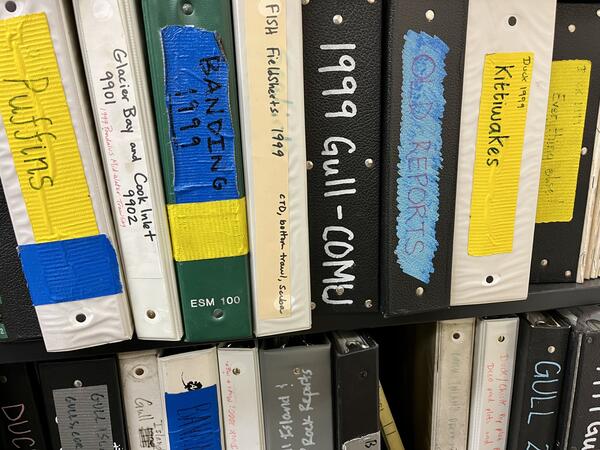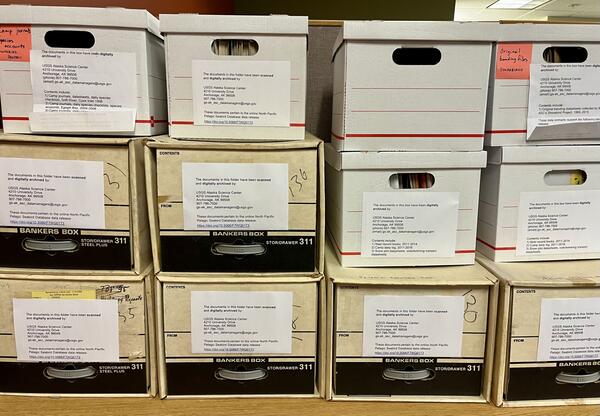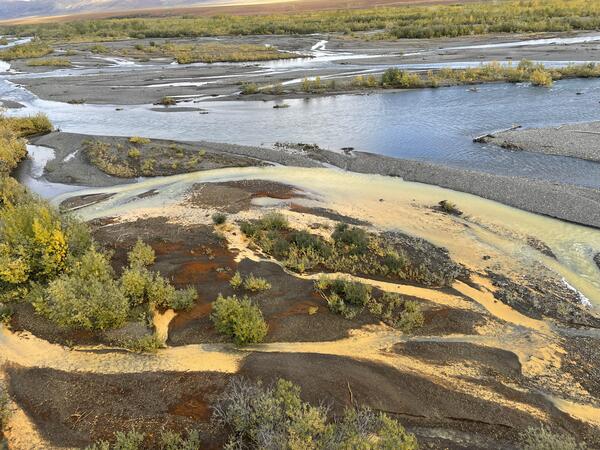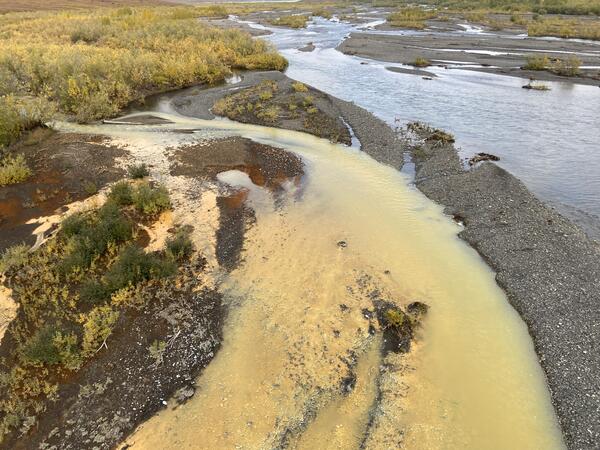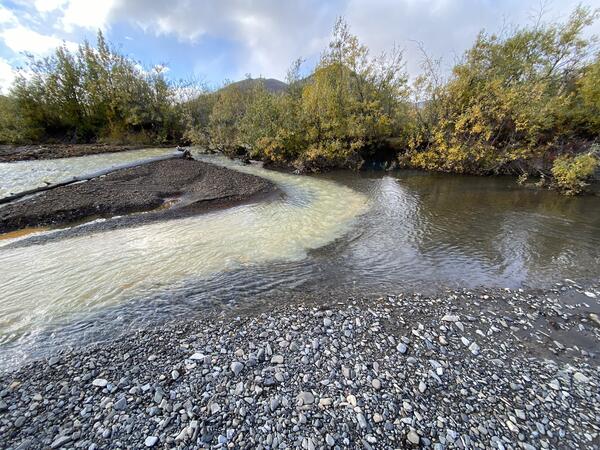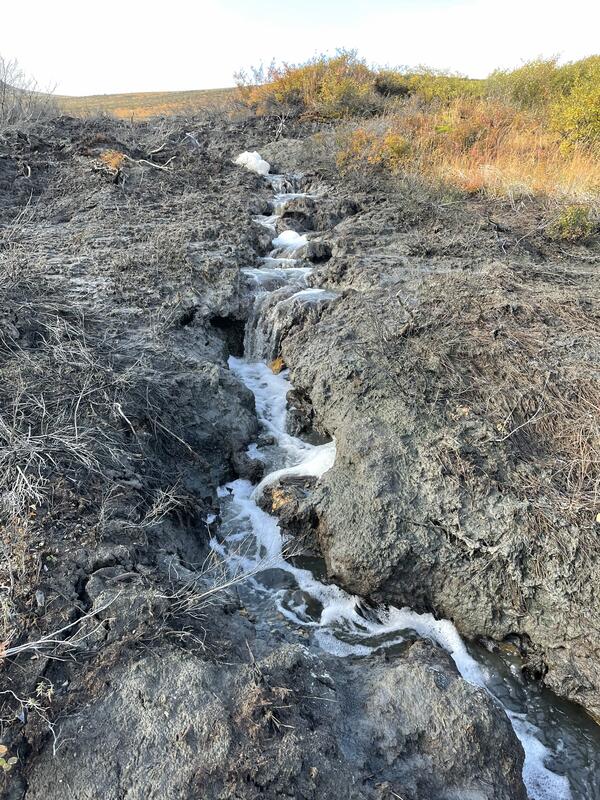Rusting Rivers: Assessing the Causes and Consequences in Alaska and Across the Arctic
Featured in NOAA's 2025 Arctic Report Card
Sea Otter Survey Visualization Tool
Alaska Science Center’s Commitment to “Gold Standard Science” for Data Products
Q&A: USGS Ecosystems Provides Objective Science to Manage Lands, Fish, and Wildlife
Alaska Critical Mineral Resource Assessments
Alaska has potential for a wide range of critical minerals including, but not limited to, graphite, lithium, tin, tungsten, rare earth elements, and platinum-group elements.
Q&A: USGS Ecosystems Science Provides Information on Subsistence and Hunter-Harvested Food Resources in Alaska
Science Spotlight: USGS Monitoring of Glacial Outburst Flood in Juneau Alaska
Alaska Science Center
The mission of the Alaska Science Center is to provide objective and timely data, information, and research findings about the earth and its flora and fauna to Federal, State, and local resource managers and the public to support sound decisions regarding natural resources, natural hazards, and ecosystems in Alaska and circumpolar regions. We have offices in Anchorage, Juneau, and Fairbanks.
In the Spotlight

Critical Minerals in Ores (CMiO) database
Critical minerals are commodities essential to modern industrial and strategic technologies and are highly vulnerable to supply chain disruption. The CMiO database contains geochemical data for more than 20,000 samples from more than 100 deposit types comprising 10 deposit environments.






